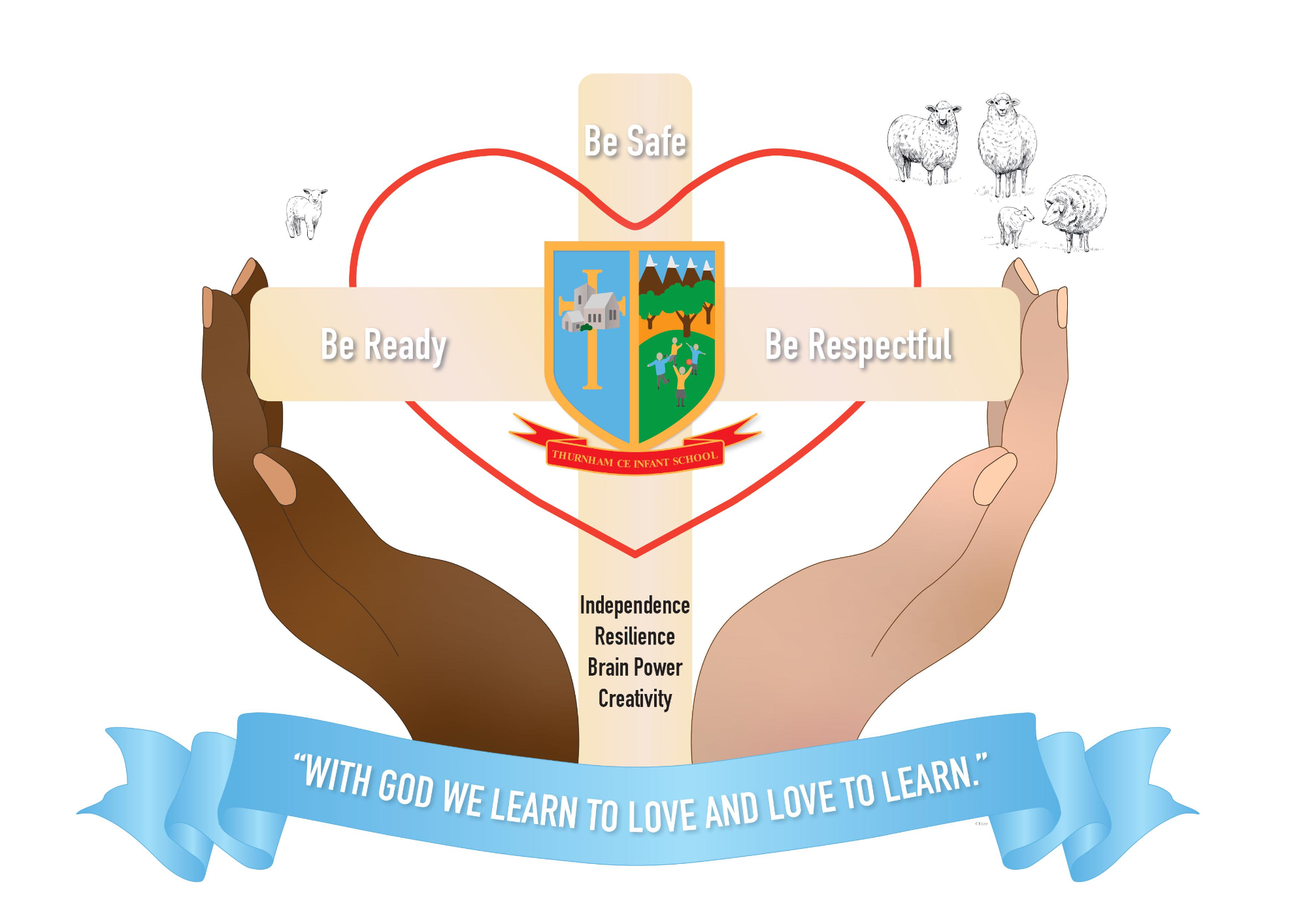History
The intent of the history curriculum at Thurnham is to promote a love of history through the study of an interesting, exciting and diverse range of topics and key figures. Using the Foundation Stage and National Curriculum programmes of study, the children become aware that life has changed and learn how people in the past behaved and why. Learning about the past will help to give children an understanding of the present, and they will begin to make links between events in the past and now. The study of history encourages learners to begin to use their powers of investigation and question the validity of sources and information. As the children move into Key Stage 1, we encourage them to become critical and independent thinkers, who use clues, tell stories and offer explanations. In the last two or three years' there has been a priority to diversify the range of key figures studied, both in terms of gender and ethnicity and this is ongoing.
